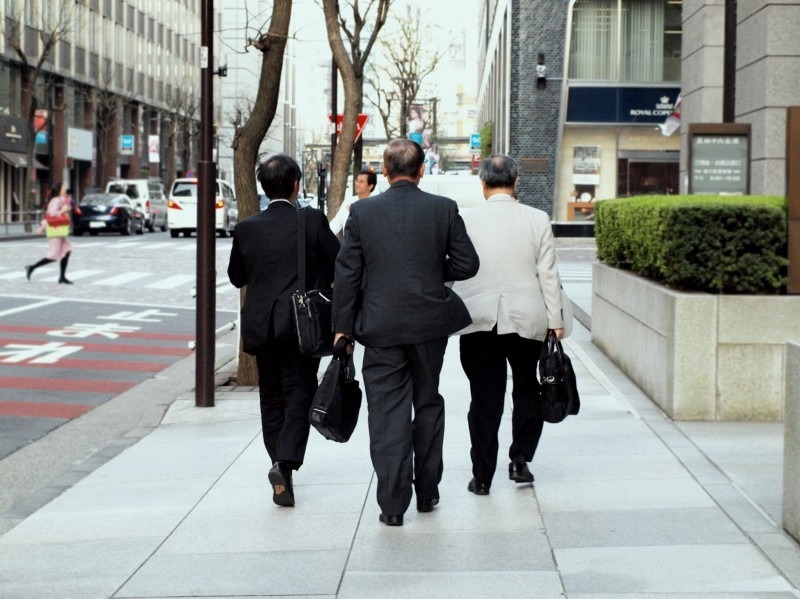Not dissimilar to the dramatic redrawing of retail distribution in the 90s, during which time we saw the advent of outlet malls and 100-yen shops, and the proliferation of convenience stores, the retail landscape is again undergoing another seismic shift.
Specifically, we are now seeing the rise of new retail channels at the expense of Japan’s department stores, which have suffered declining sales continuously for the past 14 years (down to 1984 sales levels!). With a spate of recent closures, it is anticipated that the current remaining 270 department store locations could eventually decline to less than half.
Along with the rapid adoption of online shopping and the prolonged environment of lower consumer spending, there is a third additional factor placing great pressure on department stores. That is the bricks-and-mortar expansion of other large-scale, price-focused retail entities such as Yamada Denki, and the emergence of “new” retail outlets located at or in train stations, often in locations formerly occupied by department stores, but offering reasonably-priced goods from a variety of retail tenants.
The dramatic examples started one year ago, with Yamada Denki’s opening of its new flagship store in Ikebukuro in the space vacated by Mitsukoshi in mid-2009.
A more recent example is that of the new COPPICE shopping complex located in Kichijoji. Scheduled to open this fall, this building will eventually house over 100 tenants, including “PLST,” a new brand from Uniqlo parent Fast Retailing, and “Beauty & Youth,” a new brand from United Arrows. The space was previously held by Isetan (financially aligned with Mitsukoshi), which closed its operations there earlier this year. Kichijoji is a popular, vibrant neighborhood with plenty of traffic, so it is an interesting bellwether for retail success.
Still another example is Seibu’s space in Yurakucho, to be vacated at the end of this year, which will re-open as JR East’s Lumine in fall, 2011.
Taking everything into account, there seems to be little hope in sight for department stores. However, many are fighting back with new propositions of their own, the main strategy being to lease tenant space to brands offering affordable prices that can attract younger and more price-conscious shoppers. Uniqlo and U.S.-based Forever 21 are the two most notable “fast fashion” retailers who have been allowed entry into the previously rarified environment of the department stores, with both Matsuzakaya and Takashimaya succumbing. But there are others, such as Tobu (Ikebukuro), in which Spain-based Inditex’s Zara opened earlier this year, and Hankyu Hanshin (Osaka) in which Asics’ Onisuka Tiger sports gear shops will open this fall.
Meanwhile, Uniqlo and Forever 21 are aggressively “taking retail turf.” In addition to testing the waters in department stores and station buildings, Uniqlo is opening a smaller-sized store in Tokyo Midtown, in part to test its mettle against the high-end boutiques located there, whereas Forever 21 will take over the 4,000 sq. mater space in Shibuya that has been vacated by music retailer HMV, itself a victim of the increasing popularity of online sales. The Shibuya location will be the largest of its five Japan locations, including the 3,000 sq. meter Matsuzakaya/Ginza store.
There can be no doubt that we are witnessing a dramatic realignment of retail channels and outlets, a realignment that is perhaps “super-propelled” by the uptake in online sales and Japanese consumers’ hesitancy to spend as they did in the past. Both domestic and foreign retail brands should benefit from this wider range of channels through which to build their distribution strategies.
Debbie Howard is Chairman of CarterJMRN and President Emeritus of the American Chamber of Commerce in Japan.
Originally Published in Nikkei Weekly, 27th September 2010
CarterJMRN is a strategic market research agency that has been helping clients with consumers and businesses in Japan and beyond since 1989.
We believe that, although the terrain you face in building a successful marketing strategy and activation path sometimes seems obscure, the path to success is knowable and that the consumer is the guide who will show you the way.
Find out more and get in touch on our site

